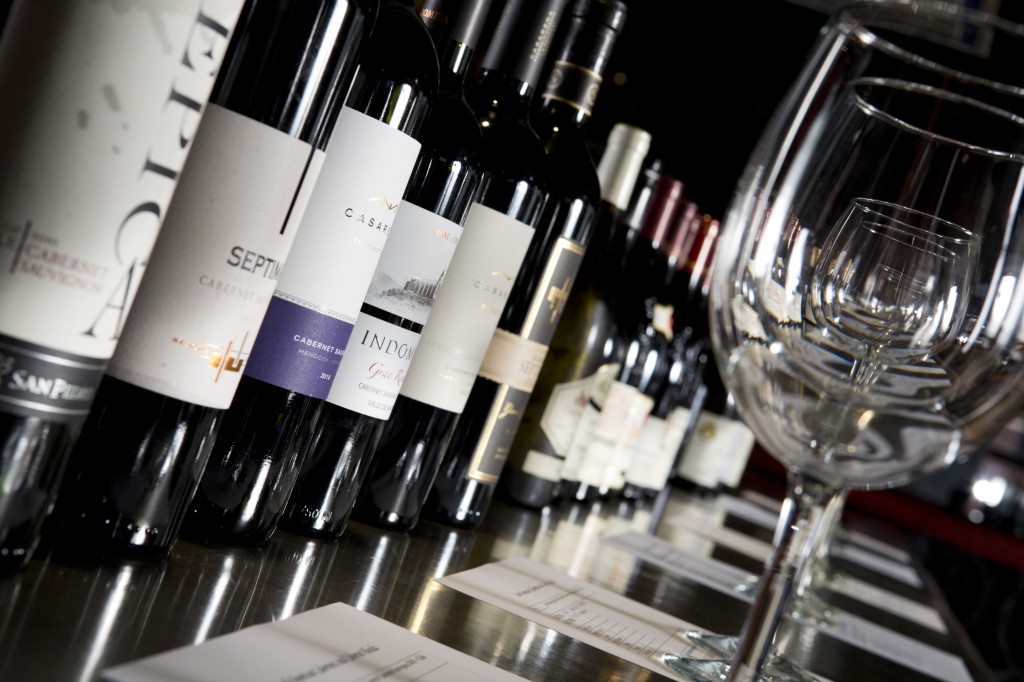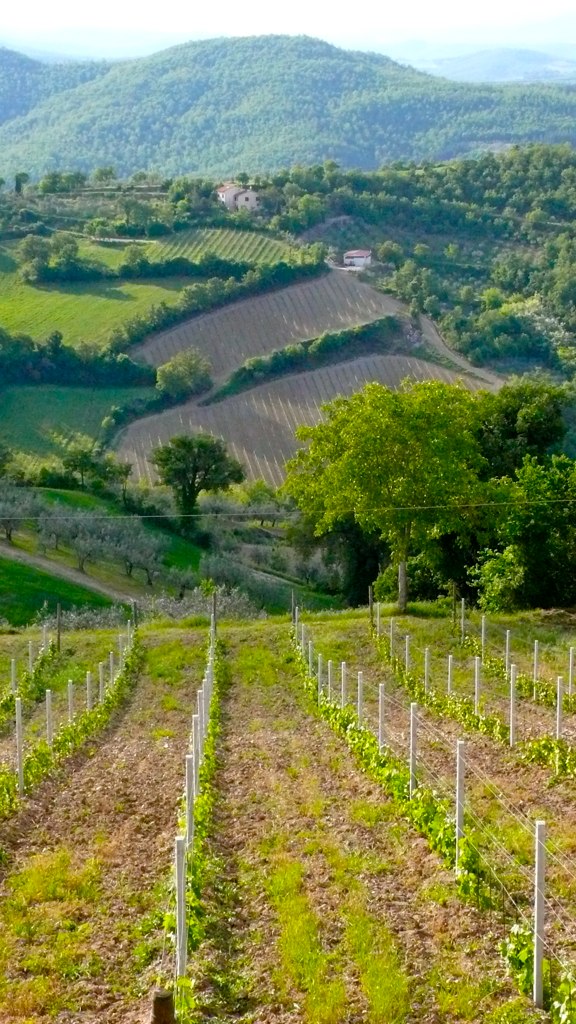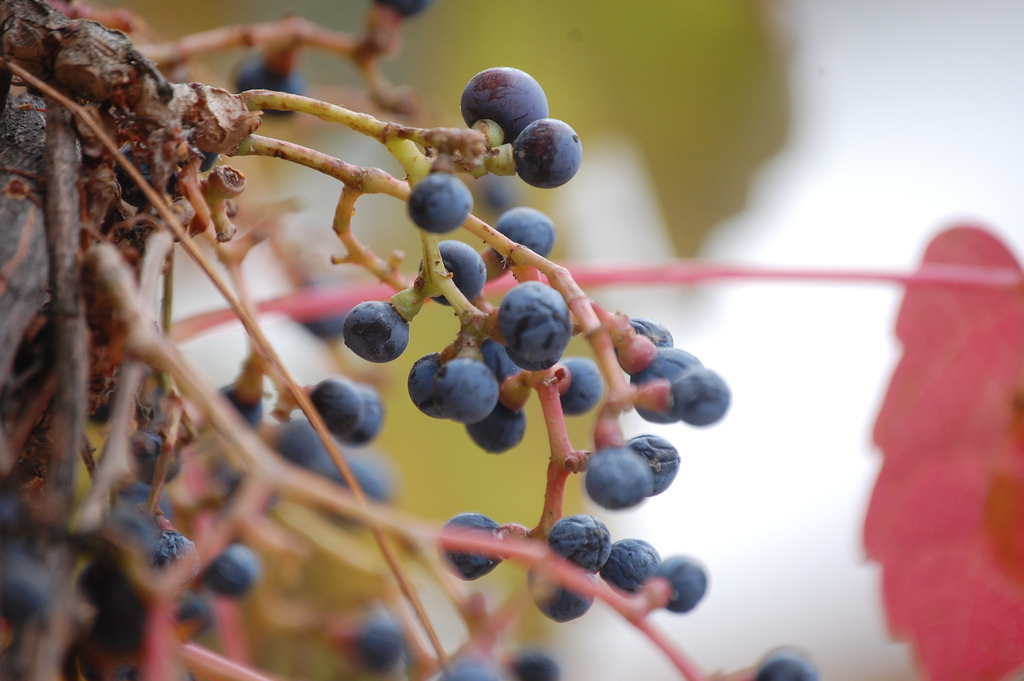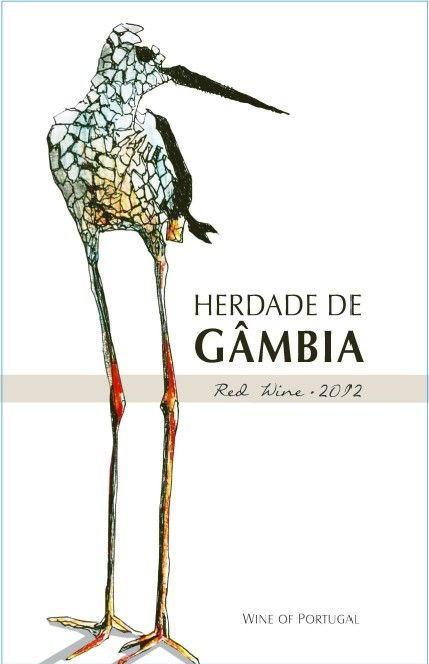Hardly a day goes by when I’m not asked two questions: What is my favorite wine? And what are the most important things I need to know about wine? The answer to the first question is simple: I don’t have one single favorite wine. In addition, I don’t drink wine that I don’t enjoy, so the wine in my glass is usually my momentary favorite. Now to the second question, and you may be surprised by the response. The 10 things you need to know about wine are these:
 • Wine is meant to be enjoyed.
• Wine is meant to be enjoyed.
• Wine doesn’t mean much until it’s shared and someone else enjoys it, too, so share.
• You can’t drink a label or a price tag, only the contents in the bottle. All else is snobbery.
• You can’t and shouldn’t try to drink anyone else’s palate. Trust your own but be open to change.
• Most people pay too little or too much for wine.
• Try new and different wines often. Variety is the spice of life and you’ll learn a lot about wine and what you like by experimenting.
• Food and Wine are Fast Friends.
• Pair various wines with the same dish to see which pairings work best.
• Wash wine glasses carefully by hand and drink wine from good thin glassware.
• Read about wine and the world’s wine regions, learn about the varietal connections that link Old and New World wines, and taste and enjoy!
Salute!
Don







